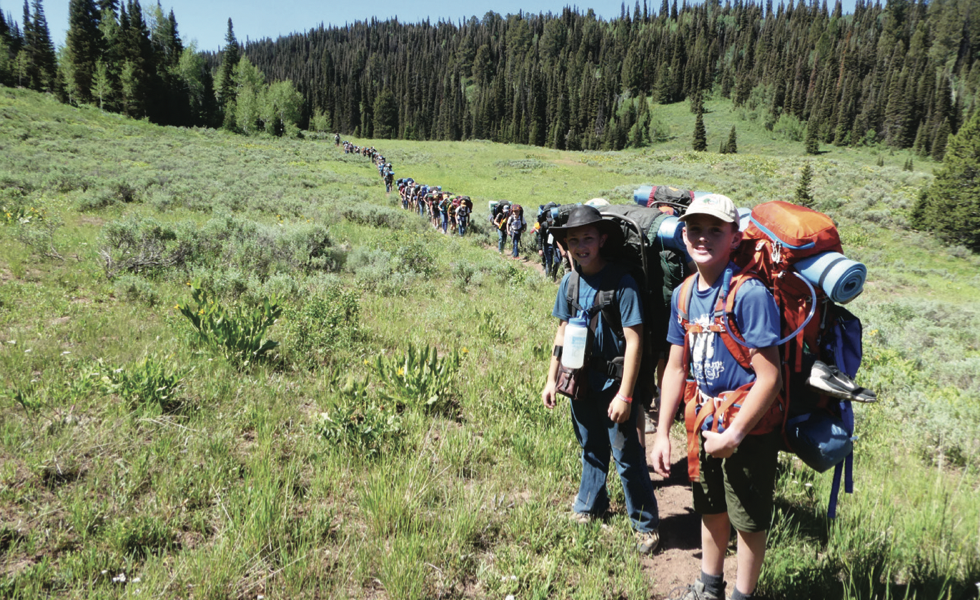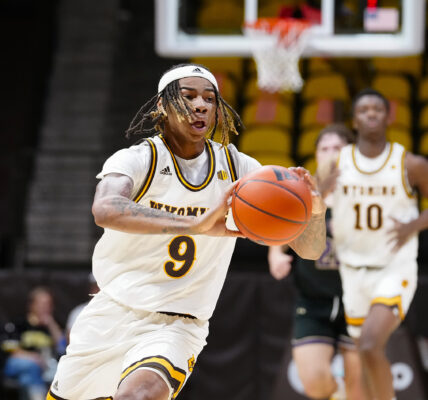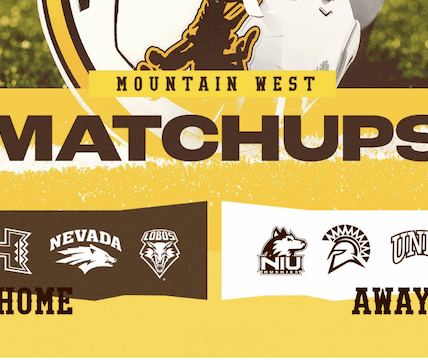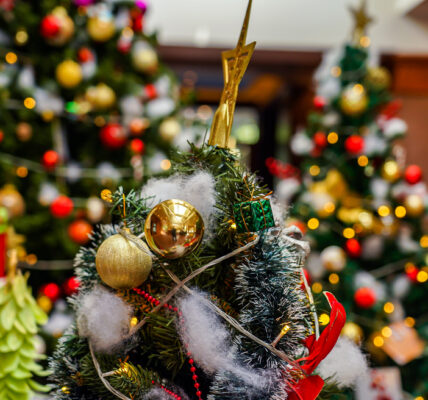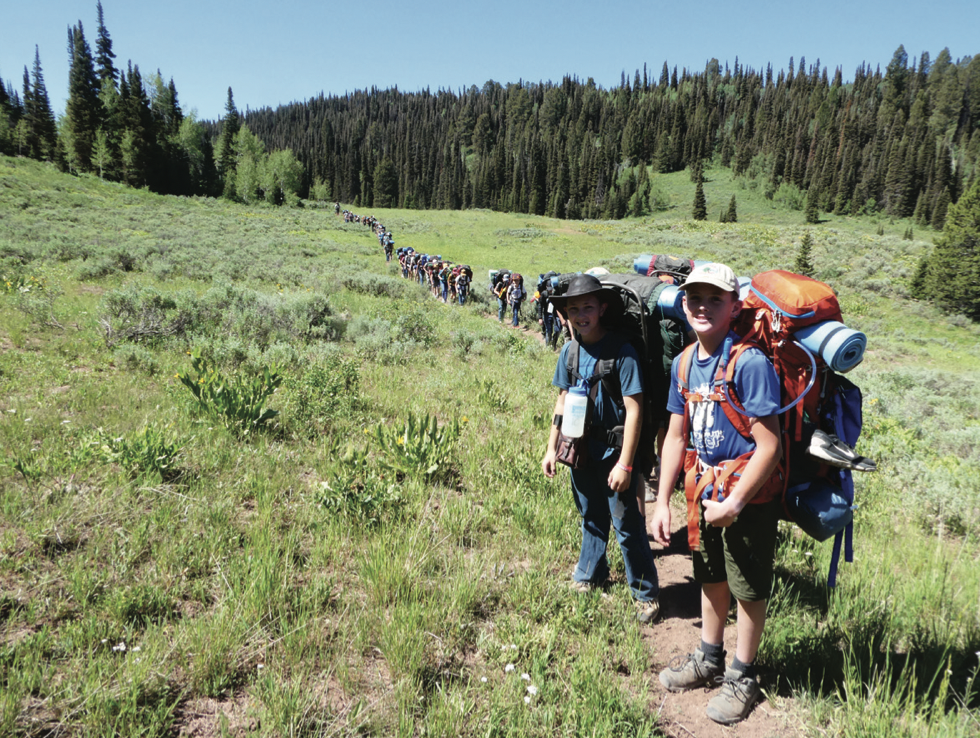
• GOFASA continues the tradition of confidence and resilience.
It’s been 22 years since that first trip, and former students still proudly wear their hats and share memories of GOFASA Adventure Club with Jeff Whitney. GOFASA is the summer mastery camp offered through Osmond Elementary School. Students take three camp trips into the wild, packing all their own gear as they hike through the forest.
“They carry all their own gear,” Whitney told SVI Media. “They pack tents, sleeping bags, personal food, group food, whatever anyone would take on a pack trip. They are pretty good size packs.”
Having offered this kind of program while teaching in Utah and Alaska before coming to LCSD No. 2, Whitney wanted to start a program at Osmond. He applied for grants, and the program was born with the name as an anacronym – Grover Osmond Fairview Afton Smoot Auburn – GOFASA. Children from these communities attend OES and the camp. Today, the program is funded by the school district, and is extremely popular among OES students and families. Students who want to participate are expected to complete an application in May. There are only so many spots available.
Though students learn outdoor skills such as fire safety, wilderness safety and survival, collaboration and camping skills, there’s a more valuable lesson that leaders aim to give the students who attend.
“This teaches the kids how to persevere through obstacles,” said Whitney. “There’s only one way into camp and only one way out, and it’s on your feet, and you have to dig deep and develop grit and perseverance. At the same time, you’re enjoying nature and friends in the wilderness setting.”
Having done the math, Whitney figures over 600 students have participated in the program. He takes pride in a perfect record with everyone returning safe and well each year.
Over a two-week span, students take three trips into the back country. Each trip is progressively more demanding. The first trip is less than two miles. Students learn “what to pack and what not to pack. The second trip is three and a half miles. It’s a harder hike, and usually hotter. They refine what they’re taking and what they should have taken or didn’t take or didn’t need from the last trip.”
The final hike is six miles, and they camp for two nights. Six miles in and six miles out on foot is “much harder. By this point, the kids are pretty confident, and we encourage them. If they’re not, then they don’t show up for the last trip, and that’s possibly just as well because it’s a hard trip. If they make it through all three trips, they get the GOFASA hat and it’s kind of like their diploma…a feather in their cap that you can’t get any other way. If you get the GOFASA hat, then you made it through the whole program and there’s a history of kids that have done it and you’re part of that alumni group that hopefully they go backpacking and camping and have these skills and know how to start a fire and things like that for the rest of their life and pass it on. If not, they experience it, and have background knowledge.”
Many of the teachers at OES use the GOFASA experience for students as a springboard and foundation for academics as well. It gives students something to write about or it helps them push through when things are difficult or frightening.
“It gives them those tools and the confidence and we can say, ‘Hey, we know that you went on the rope swing, so we know that you can face your fears when you are doing this math homework or taking this test.’ It really ties in with our philosophy at Osmond. Our mission statement is ‘Guiding students to success at the next level through rigor, relevance, resiliency, and relationships.’ That’s kind of what GOFASA does for them, all of those things combined.
Whitney believes that providing students with challenges is important to their overall success in school and in life. “The most important thing they take away is confidence in themselves. Many kids aren’t ever pushed. They have someone right there saying, ‘Oh, is it too hard? Let me do that for you, or do you need help with that?’ These kids, they have to learn how to be responsible and help themselves. They pack their own tents. They set their own tents up. They have to get firewood. They have to be a group member. They have to make the hike and persevere when they don’t think they’re going to make it. They think it’s the hardest thing they’ve ever done, and they learn that success is working hard and playing hard. It takes work to achieve anything valuable in life and sometimes the reward is just reaching your destination and taking your pack off and looking around at the scenery. The confidence and the resilience gained is great.”
Three or four adults chaperone each trip. Whitney enjoys having administrators along. They get to see the students in a different light, and the students see them differently as well.
“It’s great to have that administrator working with these kids that he’s going to work with during the year in a different setting and work beside them,” Whitney said. “That relationship is hard to beat when you see someone outside their normal routine and they’re doing the same thing that you’re doing like stumbling and poking themselves with a stick.”
Whitney is frank with the students who want to go, who might think it’s something glamorous. “I never sugarcoat it. I say, ‘This is tough. You got to be able to persevere. It’s hard, but it’s worthwhile and the memories you make will last a lifetime!’”

